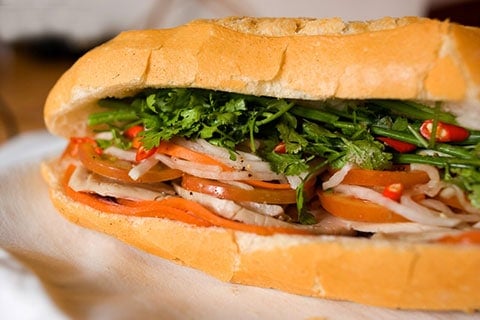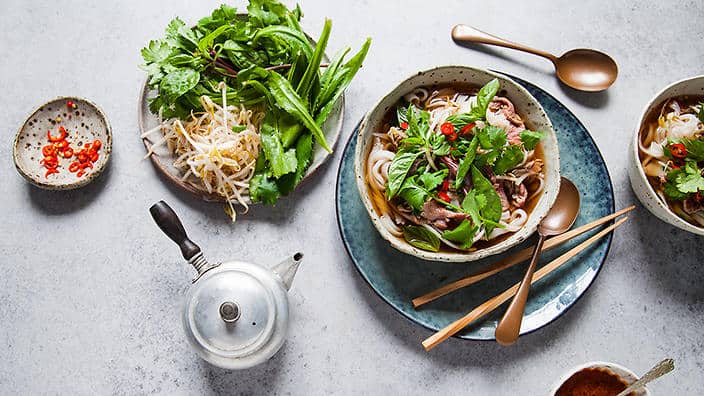
Well, it has happened – Starbucks has finally opened shop in the coffee capital of Asia! You may be wondering does Starbucks know Vietnamese coffee as well as the Vietnamese? How will it compete with the long-standing Trung Nguyen Coffee or Highlands Coffee? Will it hurt local coffee shops or will people continue to frequent roadside coffee stands? These are questions that will be answered only with time. In the meantime, let us teach you a little bit about coffee production in Vietnam and, more importantly, how to make a perfect Vietnamese coffee at home!
Fun Vietnamese Coffee Facts:
- Vietnam is now the number one C. Robusta exporter in the world, beating out Brazil in 2012!
- Vietnam specializes in crap coffee! Yes, you read that right… perhaps you have heard of weasel coffee? The weasel eats the finest coffee fruits and excretes the bean. It has a definite distinct taste and “weasel coffee” or “ca phe chon” is a delicacy enjoyed around the world!
- Vietnamese grown coffee beans are a major component in most grocery store instant coffee brands.
- Coffee producers in Vietnam are making an effort to grow the finer and more expensive C. Arabica in order to make Vietnam a coffee production powerhouse (if it isn’t one already).
- Ca phe sua, coffee with condensed milk on the bottom Vietnamese style, is delicious! Condensed milk was originally used in place of fresh milk because of difficulties with milk storage in a tropical climate, but we just think it’s genius. 🙂
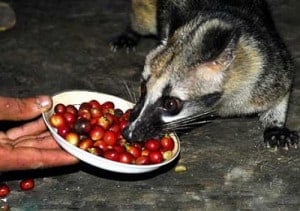
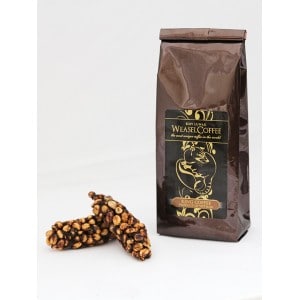
From Farm to Home:
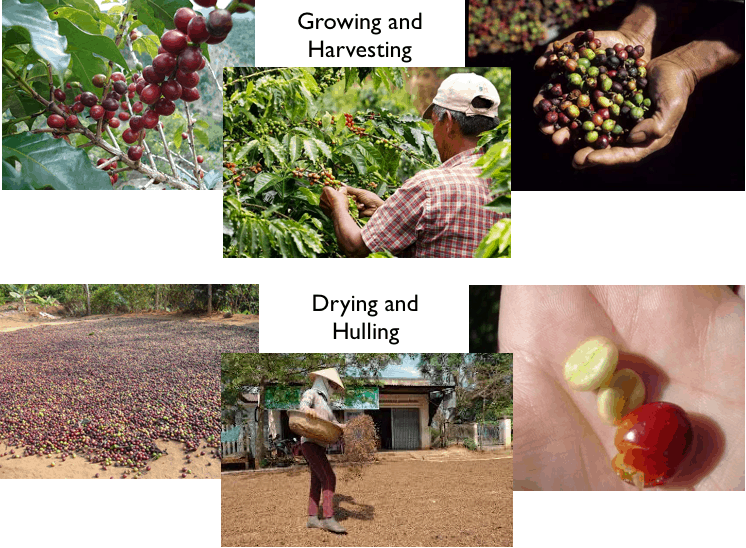
How to Make the Perfect Cup of Vietnamese Coffee:
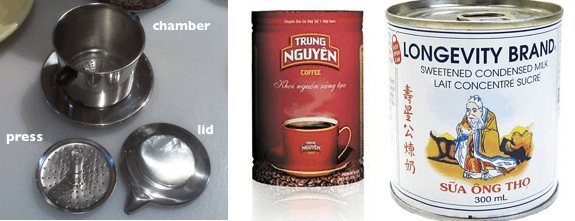
- Add 1-2 tablespoons of condensed milk at the bottom of the glass.
- Put the chamber of the phin on top of the glass and add 1.5 tablespoons of filter coffee.
- Place the press on top and push/screw it down to the level of the coffee grounds.
- Add a little bit of hot water to allow the grounds to swell.
- After a minute, add hot water up to the top of the chamber and put the lid on to keep everything hot.
- After 3-5 minutes of brewing, remove the whole phin and stir your milk and coffee creation.
- Enjoy your coffee piping hot or add a bit of ice for a hot summer’s day!
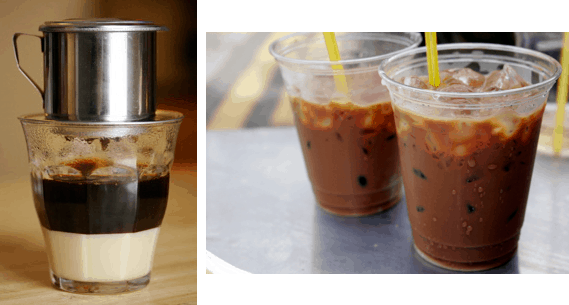
If you want to discover more of food specialties, you may want to join our Ho Chi Minh City food tour.



